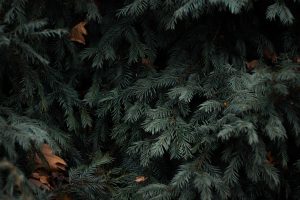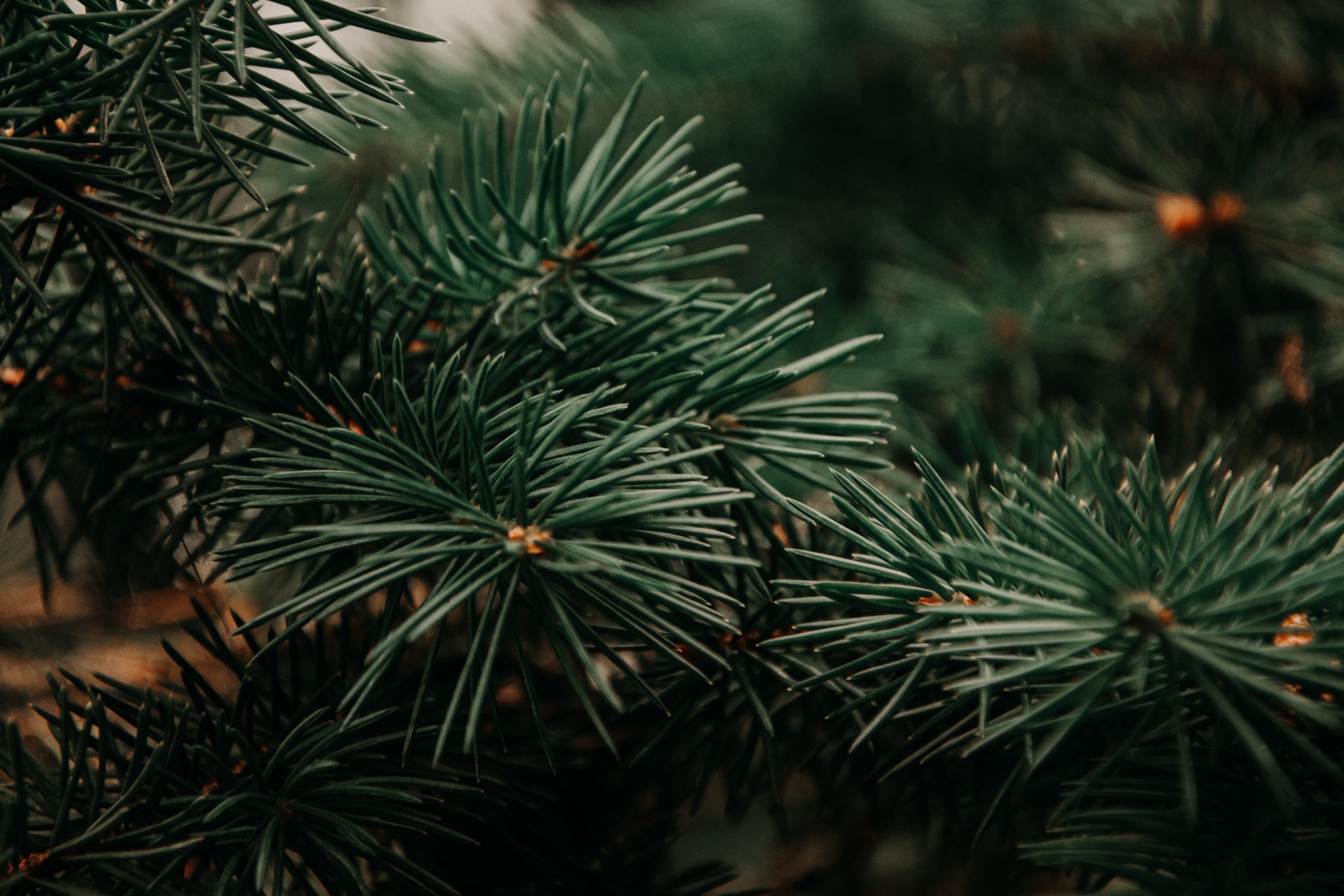Last Updated on January 11, 2022 by Real Men Sow
Did your conifer turn brown? Gardeners need to be aware of conifer pests and diseases, just like any tree. Brown patches on the conifer can indicate a variety of problems, and not necessarily an insect or disease.
Many diseases can be fatal to conifers. It can cause mild discolouration which is unappealing. In these cases, the plant will usually recover or grow new growth. You can tie in new growth to cover brown spots if you are experiencing them.

Why Is Your Conifer Turning Brown? Here are why
Trimming Conifer at the Wrong Time
Leylandii and Thuja are large specimen conifers that are most commonly affected. This is due to excessive trimming of hedges or trimming during hot or drought periods.
If you want to reduce trimming, also consider growing low-maintenance hedging plants.
Many conifers cannot regrow from old wood, so you’ll likely see brown spots if you prune too hard. We recommend that you trim your conifers lightly between April and August, and then give them a feed in the winter. The mulch of well-rotted farm manure helps retain moisture. You can tie new shoots to any areas that are bare. It can usually take several years for your plants to recover, especially if you have to tie in new shoots.
Conifer Diseases That Leads To Brown Leaves
Diseases like fungi and bacteria can affect coniferous trees. Many fungi can be microscopic so the only way to tell if you have an infection or infestation is through the symptoms. You can get disease from the needles, roots, trunk or stems of the plants you are treating. You can usually trim the diseased areas, apply pesticides if necessary, or remove nearby trees or plants to allow for more airflow and space.
Needle cast
Needle cast is a tree disease that causes conifers to shed their needles. This disease manifests first on the needles, when they turn yellow and then eventually turn brown. Small fruiting bodies may also be found on the needles’ surfaces. This can cause the needle to burst, but you can fix it by using fungicides and getting rid of any diseased needles as soon you notice them.
Needle blight
Conifer diseases such as needle blight attack trees at all levels. This includes the needles and twig tips. The brown spots on conifers usually appear on the lower branches. If this continues unchecked for many years, it can eventually kill the limbs and eventually lead to the death of the tree. You can prevent this by spraying copper fungicide.
Fungal infections Affecting Conifer Turning Brown
Coryneum canker
Fungal infections can affect the whole tree and not just the needles. A waxy discharge can be caused by dead bark, blisters or cankers. Yellow discharge will result from blisters that can form on branches. Similar to other diseases, you’ll see them on the lower branches of the tree as they progress up. You should immediately trim any affected area and apply a fungicide. Coryneum canker is most commonly found in leylandii Cypress and western Red Cedar. These trees are the basis of many hedges. However, they are more common in large trees. They are less likely to be seen in small hedges.
Pestalotiopsis dieback
Pestalotiopsis dieback, another fungus, is often seen in wet summers. It usually attacks conifers that are damaged or unhealthy. Pestalotiopsis can cause severe death. The sign of this fungus is the appearance of brown spots and small black fruiting bodies over the affected leaves.
Root diseases That Leads Your Conifer Turning Brown
Root diseases are another problem that could be troubling you. These issues can get in your conifer through a wound at the base of the tree, or directly through the roots. This is what is commonly referred to as root rot.
You will notice the symptoms of rot in your tree: bark falling off, needles dropping off and bark dying. As the rot progresses, your tree will become unstable and may need to be taken down and replaced. Root rot is most commonly caused by individual trees that have died within a hedge.
Brown patches caused by Aphids
The most common cause of brown patches in conifers is the cypress-aphids. Brown patches with brown spots are usually caused by sooty mold, which is actually caused by sugary honeydew that was excreted from the pest. Problem is, the pest, which is usually a large, greyish-greenfly, is already gone before you realize there is a problem. If you spot these aphids, it is best to use a pesticide to kill them before they cause browning.
Winter Browning of Conifer
Winter browning is the most likely cause of Conifer needles turning a brown color. Evergreen trees receive their energy from sunlight just like any other plant. They also require water, even during winter. The trees can become dry if they don’t have enough water to get them through winter. At that point, the needles will turn brown. The rate of drying can also be affected by factors like cold winter temperatures, rapid temperature flux, and habitual freeze-thaw cycles due to inclement weather, which we unfortunately are more familiar with in the UK. The Conifer that faces the sun will usually brown more.
This winter browning may be visible in the Winter, or early in the spring. To prevent winter browning, it is best to water your tree in autumn when there are no rains. You can also water your tree in the summer, especially in August, to ensure that it has enough water for winter storage. This will prevent browning and stress.
Road Salt
This type of discoloration can also be caused by conifers planted near roads. These conifers are often used to create a barrier or hedge between your garden and the street. Your conifers can become brown from salt being piled on roads in winter.
It is easy to prevent conifers turning brown by keeping them well watered, pruned and spaced. Insufficient space between plants can cause airflow problems, which can lead to fungal infections as well as bacterial infections. If the pruning is not done correctly, diseased parts of plants could spread to other parts of the tree. It is important to watch your conifers and ensure that they are properly tended.
How to Prevent Conifer Browning
It’s recommended to do trimming hedges between April and August, avoiding hot or dry weather, and mulching in the winter.
Spray immediately if you see aphids infesting your conifers. This will help to minimize damage.


